Directions (1-5):- Given bar graph shows the data of number of students who took admission in 3 different streams of 5 different school.
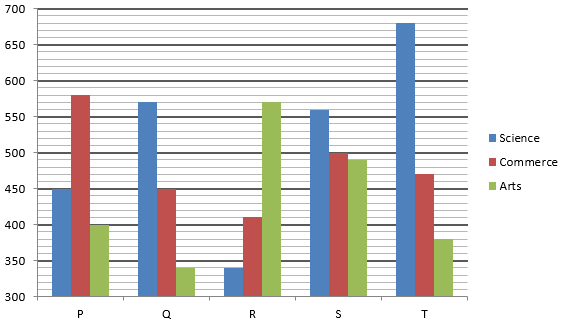
Q1.Find the difference of average number of students in Science, Commerce and Arts stream in school T and average number of students in Science, Commerce and Arts stream in school R?
(a) 70
(b) 80
(c) 60
(d) 75
(e) 100
Q2. Total student of science stream from school P,Q and R together is how much more/less than total students of Arts stream from schools R,S and T together?
(a) 90
(b) 100
(c) 60
(d) 80
(e) 70
Q3.Total students of arts stream from school Q and T together is what percentage of total students of science stream from school R and S together?
(a) 70%
(b) 75%
(c) 80%
(d) 85%
(e) 65%
Q4. Find the ratio of total science stream students from school S and T together to total commerce students from school Q and T together ?
(a) 31:23
(b) 32:23
(c) 23:31
(d) 23:32
(e) 28:15
Q5.Find the average number of commerce students in all the schools?
(a) 492
(b) 472
(c) 482
(d) 502
(e) 460
Directions (6-10): The following graph gives the percentage of young people, middle-aged people and old people in the four regions of a state, as a percentage of the total population of the respective region.
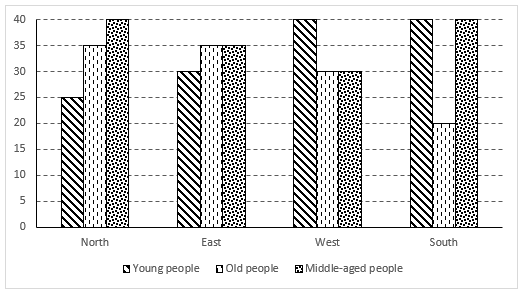
Note: The respective ratio of total population in North, East, West and South regions is 3 : 2 : 5 : 3.
Q6.What is the ratio of the total number of old people in East and West region to the total number of middle-aged people in North and South region.
(a) 3 : 4
(b) 10 : 11
(c) 11 : 12
(d) 5 : 6
(e) None of the above
Q7.If the total number of young people in South region is 13,500 . Then, find the difference between the number of middle-aged people and old people in the South region.
(a) 6,750
(b) 6,650
(c) 6,600
(d) 7,000
(e) 6,500

Q9.If total population of North region is 1,20,000 then find the total number of old-female in North and West region. If 60% of the old people in North are female and 40% of the old people in West are female.
(a) 48,200
(b) 47,200
(c) 49,000
(d) 50,000
(e) 49,200

Solutions
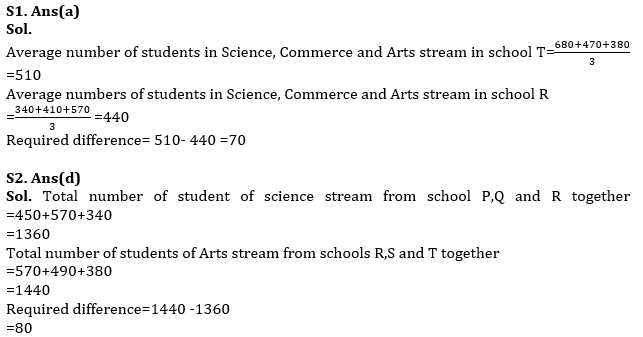
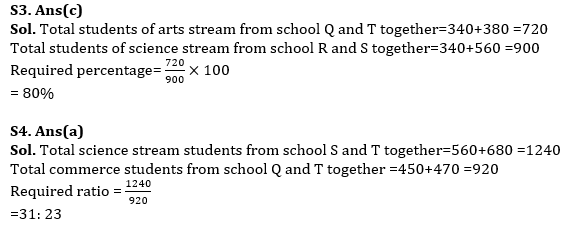
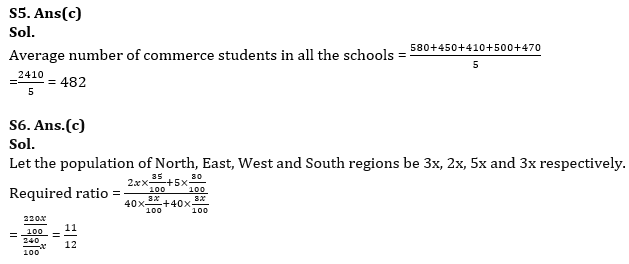
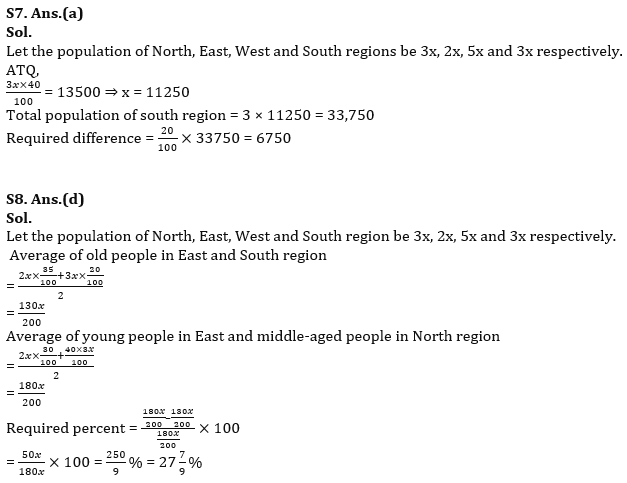
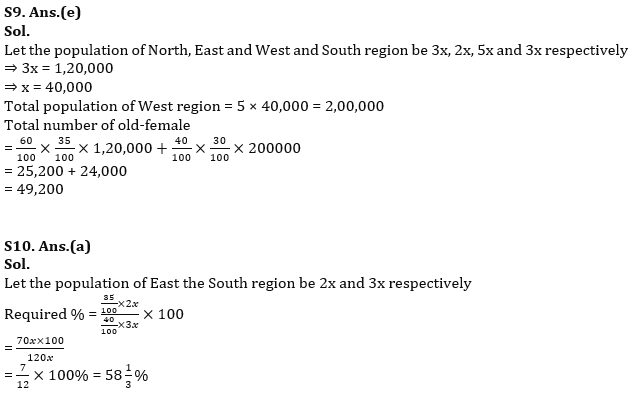
. .


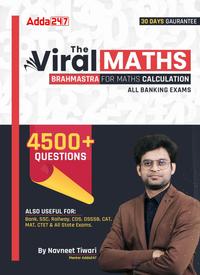


 Quantitative Aptitude Quiz For Bank Main...
Quantitative Aptitude Quiz For Bank Main...
 Quantitative Aptitude Quiz For Bank Foun...
Quantitative Aptitude Quiz For Bank Foun...




